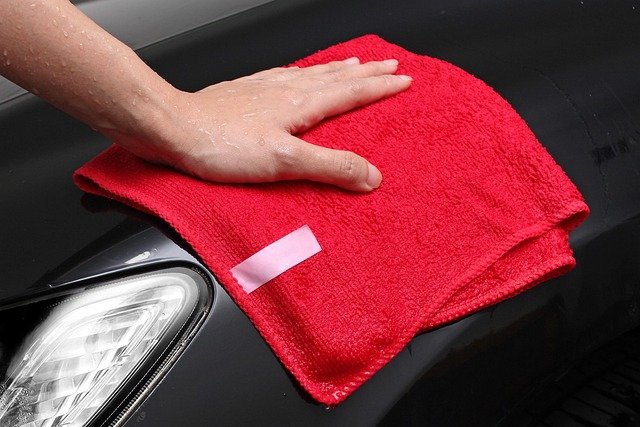Guide to Car Cleaner Spray: Uses, Types and Application
Car cleaner spray is a convenient product designed to remove dirt, fingerprints, dust, and light grime from a vehicle’s interior and exterior surfaces. These sprays come in formulations ranging from quick detailers and waterless wash products to foaming cleaners and degreasers. Used correctly, a car cleaner spray can speed up routine maintenance, protect finishes, and refresh surfaces between deeper washes. This article explains how sprays and foams work, how to prepare and apply them safely, and what to consider when choosing a product for your car or vehicle.

What is car cleaner spray and how does it work?
A car cleaner spray is typically a liquid formulation that dissolves or loosens surface contaminants so they can be wiped away with a microfiber cloth or rinsed off. Active ingredients vary by purpose: gentle surfactants and lubricants for quick detailing, solvents for tar and bug removal, and mild acids or alkalines in stronger degreasers. Many sprays also include polymers or silicones that leave a protective sheen. For best results, choose a product formulated for the surface you’re treating—paint, glass, plastic trim, vinyl, or upholstery—and follow the manufacturer’s directions to avoid residue or streaking.
How does cleaning foam differ from spray?
Foam cleansers thicken the liquid into a clinging suds that adheres to vertical or textured surfaces longer than a simple spray. That dwell time helps break down embedded dirt on wheel faces, door jambs, and carpet fibers. Foam is often used in pre-wash or shampoo-based applications and can reduce runoff when working on vertical panels. Spray cleaners act faster and are suited to lighter soils or quick touch-ups. When selecting between foam and spray, consider soil level, surface texture, and whether you want to rinse afterward—some foams require rinsing while certain spray detailers are formulated to be wiped dry.
Preparing your car before using cleaning spray
Preparation improves outcomes and reduces the chance of scratching. Begin by removing loose debris—vacuum interior carpets, brush out mats, and rinse heavy dirt from exterior surfaces when appropriate. Work in the shade and make sure surfaces are cool to prevent rapid drying and streaks. Read the product label and test the cleaner on an inconspicuous area to check compatibility with paint, trim, leather, or fabric. Gather microfiber cloths, soft brushes, and a bucket of clean water if rinsing is necessary. Proper preparation often determines whether a quick spray will be effective or if a deeper wash is required.
Applying spray or foam to vehicle surfaces
Application varies by product, but common practices improve safety and performance. Shake the bottle, spray directly onto the surface or into a cloth per instructions, and allow the product to dwell briefly if recommended. Use a clean, high-quality microfiber towel to lift loosened soils—avoid circular rubbing which can induce swirl marks on paint. For interior plastics and trim, use minimal product and a second dry cloth to buff off residues. For wheels and engine bays, use brushes or detailing tools with foam to agitate grime effectively, then rinse thoroughly. Never mix different cleaners, and avoid strong solvents on delicate surfaces.
Choosing the right cleaner for your car or vehicle
Selecting a cleaner depends on the task: quick-detail sprays for dust and light smudges, waterless wash sprays for minimal water access, foaming shampoos for deeper cleaning, and specialty solvents for tar or brake dust. Look for pH-balanced or paint-safe labeling when treating exterior finishes. For interiors, pick products specific to leather, vinyl, fabric, or electronics-safe cleaners for dashboards and displays. Consider environmental factors too—biodegradable formulations and reduced-VOC options help limit chemical runoff and fumes. If you want local services for deeper treatments, search for detailers or auto-care centers in your area that specify the products they use.
Conclusion
Car cleaner sprays and foams are practical tools for maintaining a vehicle’s appearance between full washes. Knowing the differences—how formulas work, when to use foam versus spray, how to prepare surfaces, and how to apply products safely—helps you protect paint, trim, and interior materials while achieving a clean finish. Always follow label instructions, test on inconspicuous areas, and choose a product matched to the task and surface. Regular, careful use of the right cleaner will keep your car looking maintained and can extend the life of exterior and interior finishes.





